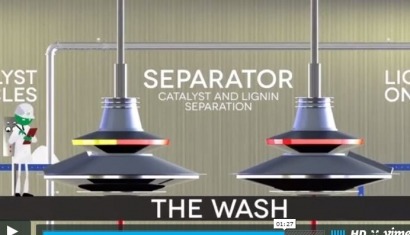
The breakthrough came with the support of officials at the Department of Energy and National Renewable Energy Laboratory.
The team is reportedly continuing to refine its cellulose to sugar process for dry distiller’s grain (DDG) and other various cellulose biomass.
JP-8 is like the commercial aviation fuel, Jet A-1, except with the addition of corrosion inhibitors and anti-icing additives in order to meet the stringent US and British defense standards.
Cellulosic biofuels using the CTS process can produce a jet fuel that is nearly 90 percent cleaner than conventional jet fuels and completely renewable.
The CTS process is capable of processing a wide variety of biomass including agricultural waste, residential andcommercial yard waste, and specialty crops into aviation biofuels at strategically placed locations near high traffic airports and military bases.
That proximity helps to reduce the transport and storage costs for those who use the fuel.
The company has submitted an application under the DOE’s funding request to build a commercial scale plant to produce its aviation biofuel product.
For additional information:

